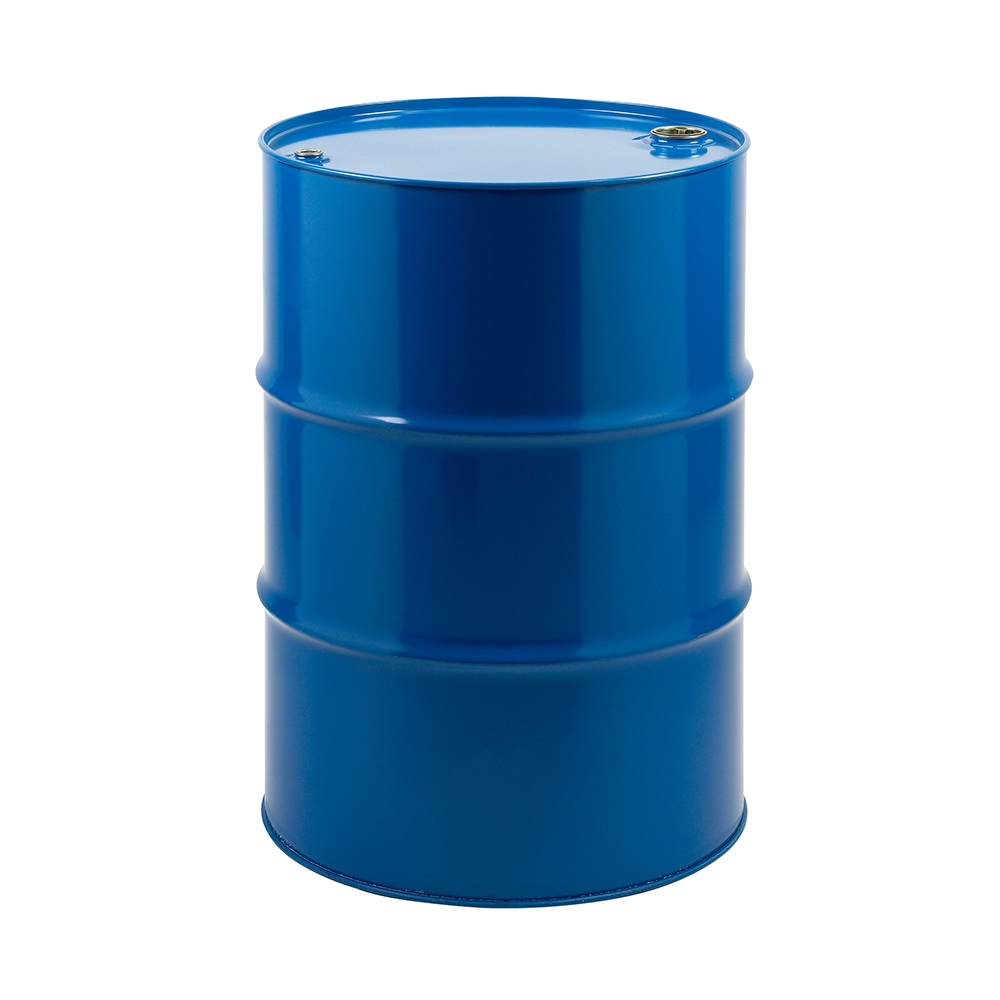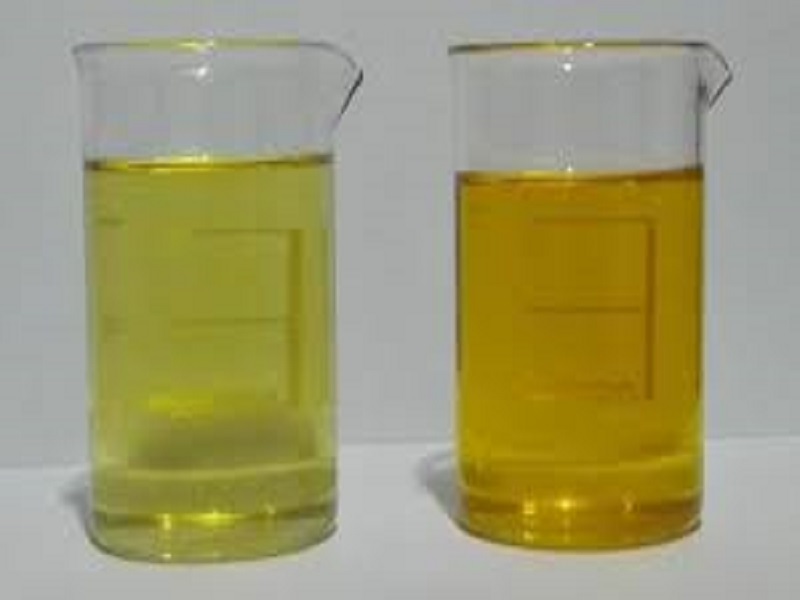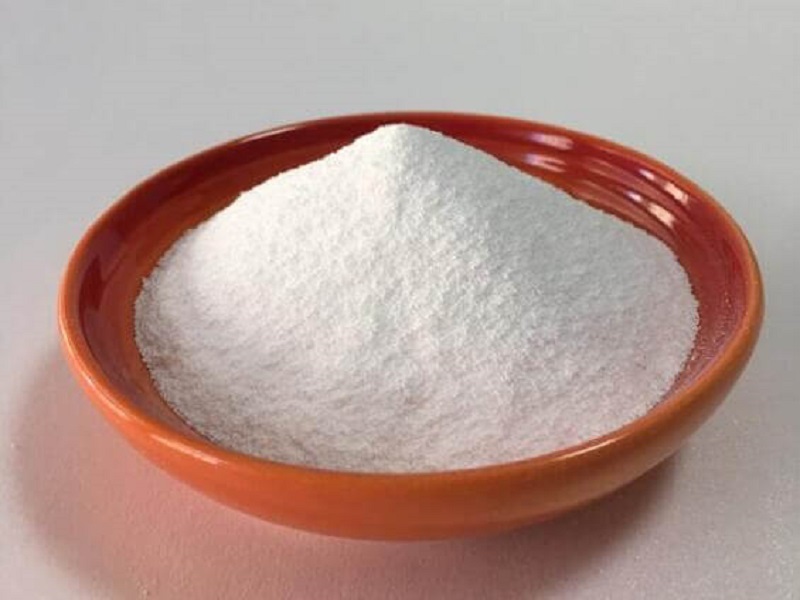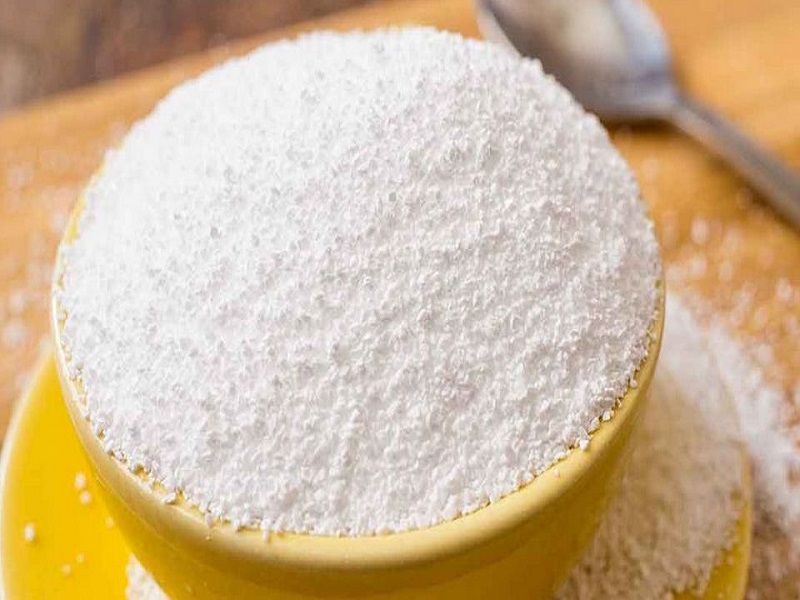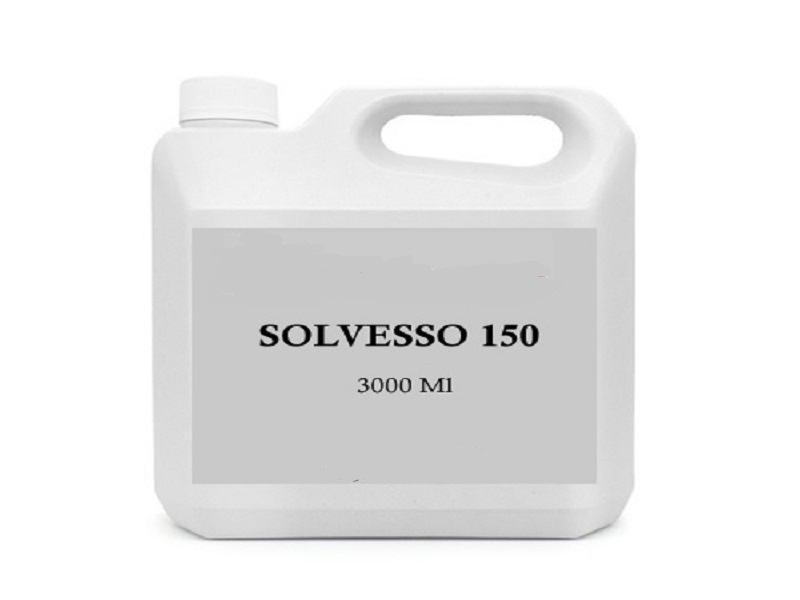isobutyl acetate isobutyl acetate
User rating:
Product quality guarantee
Guarantee the authenticity of the goods
Send nationwide
Possibility of payment on the spot
Responsive support
Introduction and general information isobutyl acetate
Isobutyl Acetate
Other Names of isobutyl acetate: Methylpropyl Ethanate / Isobutyl Ester
Chemical Formula: C6H12O2
Molecular Formula:
Physical Properties: Colorless liquid
Molar Mass: 116.16 grams per mole
Density: 0.853 grams per cubic centimeter
Freezing Point: -99 degrees centigrade
Boiling Point: 118 degrees centigrade
Solubility: 0.63 to 0.7 grams per 100 ml of water (at 20 oC)
Definition:
Isobutyl acetate is found naturally in raspberries, pears and other fruits. It has properties similar to normal butyl acetate, and since the price of this material is lower than normal butyl acetate, it is sometimes used as an alternative to this material in industry.
This acetate has three isomers:
- Normal Butyl Acetate
- Tert-Butyl Acetate
- S-Butyl Acetate (1-methylpropyl acetate)
Applications of Isobutyl Acetate:
- Because this material has lower viscosity than normal butyl acetate, it is used as a solvent for nitrocellulose lacquers, ethyl cellulose, natural gums, and synthetic resins to dilute them. Due to its lower evaporation point than normal butyl acetate, lacquers containing isobutyl acetate dry faster.
- this material is a solvent for thinners and cellulose and is used in thinners, gums and adhesives and synthetic resins.
- Because the amount of water in isobutyl acetate is low, it is used as a solvent in reactive lacquers.
- this material is a suitable solvent in organic chemistry laboratories.
- The diluting power of isobutyl acetate is as good as regular diluents such as aliphatic hydrocarbons such as ethanol and aromatics such as toluene.
- this material is used in the paint and resin industries to produce paints and industrial thinners.
- this material is used in a variety of lacquers, thinners, inks, plastics, glass, metal and wood coatings, synthetic leather, furniture, adhesives, photographic films, essential oil products, fruit flavors, fragrances, cosmetics and skin care products.
- this material is used as a solvent in the production of nail cleaners and other nail care products.
- this material is used to dilute dyes in the ink used to mark fruits and vegetables.
- this material is a synthetic fruit flavoring in food products such as candy, ice cream, baked goods, cheese, yogurt and more.

